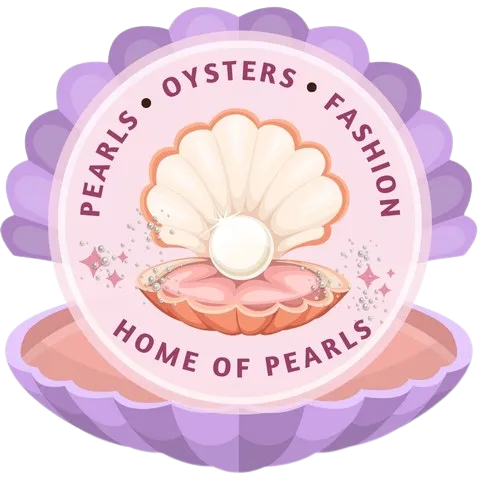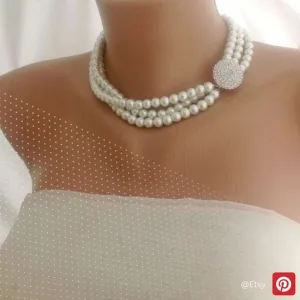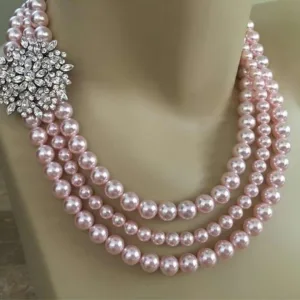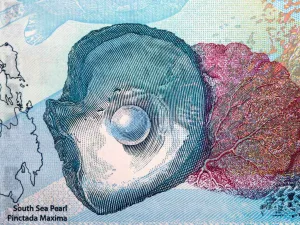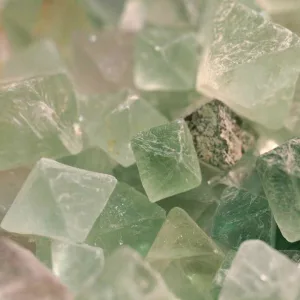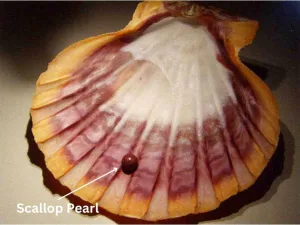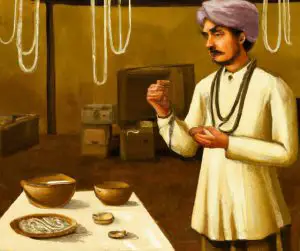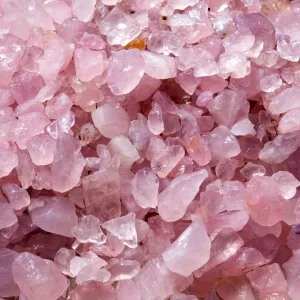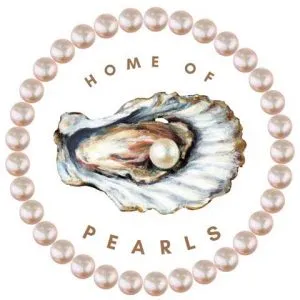In the late 19th century, cultured pearls were first developed in Japan as a result of advances in pearl culturing technology. Kokichi Mikimoto was credited with developing the world’s first successful method for culturing pearls from oysters; his technique relied on surgically implanting small mother-of-pearl beads into the gonad of the oyster.
This method changed the pearl industry forever, as it allowed for pearls to be commercially farmed instead of harvested from wild oysters in their natural habitat.
The cultured pearl industry quickly spread around the world and today is an important part of many economies; China, Japan, and the United States are the three largest producers of cultured pearls.
Cultured pearl farming is a labor-intensive activity, requiring skilled divers and technicians to successfully cultivate pearl-bearing oysters. In some parts of the world, pearl farms have become tourist attractions, allowing visitors to observe the entire culturing process from start to finish.
The cultured pearl industry has continued to evolve over the years, as pearl farmers have developed new techniques and technologies to improve the quality of their product.
Today, there are several different types of cultured pearls available on the market; generally these can be categorized into three distinct types: freshwater, akoya, and South Sea pearls. Each type has its own unique characteristics and appeal that make it popular with consumers.
The cultured pearl industry remains an important economic sector in many countries and continues to thrive, despite competition from other gemstones and jewelry. Through careful cultivation and innovation, the industry will likely remain a major player in the global market for years to come.
The father of modern pearl culture
Kokichi Mikimoto is credited with revolutionizing pearl culture. The Japanese entrepreneur was the first to successfully cultivate and harvest pearls at the turn of the last century. His company, Mikimoto Pearl Company, went on to become one of the largest producers of cultured pearls in the world.
Mikimoto’s contributions to pearl culture are legendary. He dedicated his life to perfecting the process of culturing pearls, which is still used today. In addition, he established strict standards for the quality of pearls that could be sold by his company. These standards ensured that all cultured pearls sold under his name were of a superior grade and only those meeting these exact requirements were allowed onto the market.
Mikimoto’s legacy has not only revolutionized the pearl culture industry, but it has also helped to make pearls one of the most sought-after gems in the world. Mikimoto’s pearls are known for their superior shine and luster and are highly sought after by jewelry collectors worldwide. To this day, his name is synonymous with quality and luxury when it comes to cultured pearls. The success of Mikimoto Pearl Company continues to inspire future generations of entrepreneurs looking to affect change in the pearl culture industry.
Oysters used for modern pearl culture
At present, the main oysters used for spherical pearl culturing are the Akoya (Pinctada fucata), silver-lipped (Pinctada maxima), and black-lipped (Pinctada margaritifera), along with freshwater mussels (Hyriopsis cumingii). The basic pearl-forming technique used to produce spherical (free) pearls from these pearl oysters is the application of a method previously perfected by the aforementioned Kokichi Mikimoto.
Pinctada fucata, commonly known as the Akoya pearl oyster, is a species of small to medium-sized saltwater clam found in coastal waters throughout the Indo-Pacific region. It has been farmed for its pearls since ancient times and continues to be an important source of cultured pearls today. The shells of Pinctada fucata measure between 3 and 8 cm in length, although they can reach up to 10 cm.

The akoya pearls produced by this species are highly valued for their lustrous iridescence and range in size from 2-10 mm. Akoya pearl jewelry is a popular choice among consumers looking for quality pieces with classic beauty.
Akoya pearls are also often used in traditional Japanese jewelry, giving them cultural significance as well. With proper care, akoya pearls can last for generations and make a beautiful addition to any collection.
Pinctada maxima, commonly known as the Silver-Lip Pearl Oyster, is an iconic species of oyster that produces some of the most beautiful and sought-after pearls in the world. The Silver-Lip Pearl Oyster is found mainly in warm tropical waters throughout the Indo-Pacific region and has been used for centuries in the production of luxurious pearls.
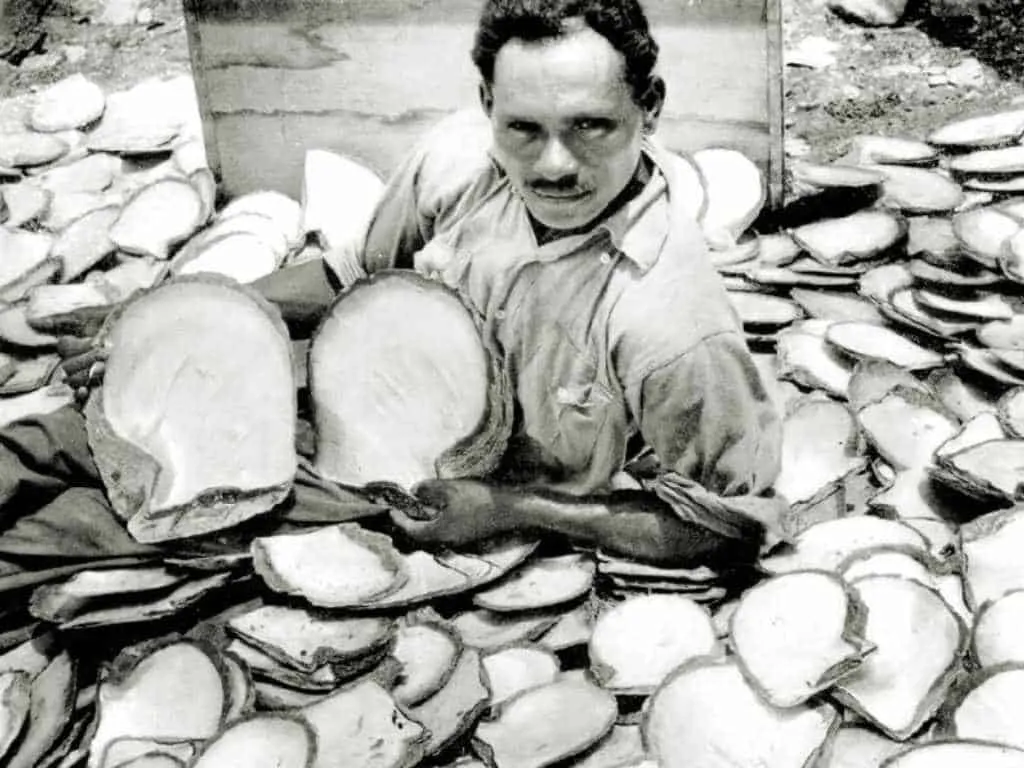
The Silver-Lip Pearl Oyster is typically a large species – their shells can grow up to a foot across, and when opened reveal an intricate cream-colored interior. The oysters have a unique silver lip margin on each shell that allows them to be distinguished from other oyster species.
Pinctada margaritifera, or the black-lip pearl oyster, is a species of mollusk that produces pearls. This species is found primarily in tropical waters near Tahiti and French Polynesia, although other populations have been discovered in Hawaii and the Philippines.
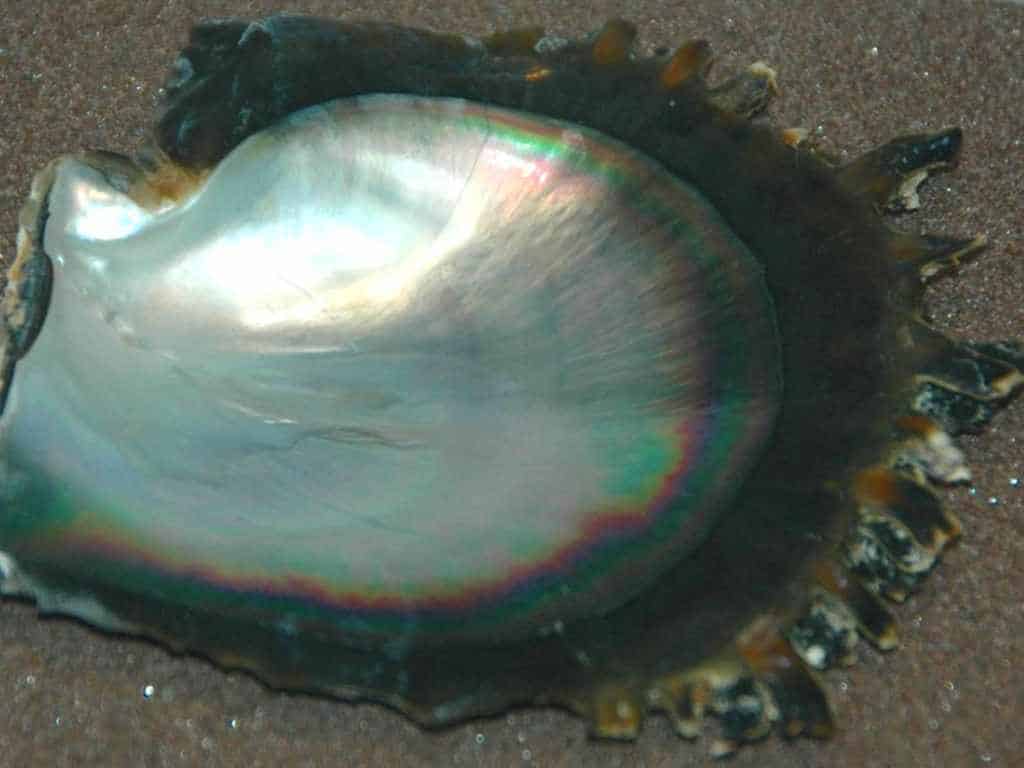
The innermost layer of these shells produces nacre, the material used to create pearls. These pearls are highly valued for their natural beauty and often have a white, pink, or green hue. The black-lip pearl oyster is also an important species due to its role in reef health and ecosystem stability.
They provide habitat for other organisms, act as filter feeders, and play an essential role in the food chain of coral reefs. In some areas, these oysters are harvested for their pearls as well as their shells, which can be used to create jewelry or other decorative items.
Hyriopsis cumingii is an important species of freshwater mussel, known for its ability to produce pearls. This species of mussel is native to parts of Asia, particularly in the Southeast region—from Japan and Korea to northern Vietnam and Taiwan.

The production of pearls by Hyriopsis cumingii has made it a valuable species in the pearl industry. This type of pearl is often referred to as “biwa” pearls, after the Japanese lake (Biwa-ko) where large numbers of these mussels are found.
Hyriopsis cumingii is one of the most common freshwater pearl-bearing mussel species due to its ability to produce pearls in a variety of shapes, colors and sizes. The species is also cultivated by pearl farmers because the mussels are easy to maintain and are capable of producing high-quality pearls with a good luster.
In addition, Hyriopsis cumingii has become an important part of freshwater ecosystems in the countries where it is found. The species helps to filter water and provide habitats for aquatic life, making it a valuable member of its surrounding environment. It also provides vital sources of food for many species of fish and birds.
Overall, Hyriopsis cumingii is an important species both commercially and ecologically. Its ability to produce pearls has made it a valuable species in the pearl industry, while its presence in freshwater habitats has allowed it to play an important role in maintaining and improving these ecosystems.
Take Away
In conclusion, pearl culture is an amazing and ever-evolving art form that has been practiced for centuries. From its humble beginnings to the modern day, pearls continue to be appreciated and prized by people around the world. With new techniques and uses being discovered all the time, it is sure to remain a favorite of jewelry-lovers and culture aficionados alike.
From the rarity of natural pearls to the affordability and range of cultured varieties, pearls are sure to remain a beloved commodity and symbol of beauty for generations to come. With so much diversity and potential still ahead, pearl culture is sure to be an exciting field for years to come.
